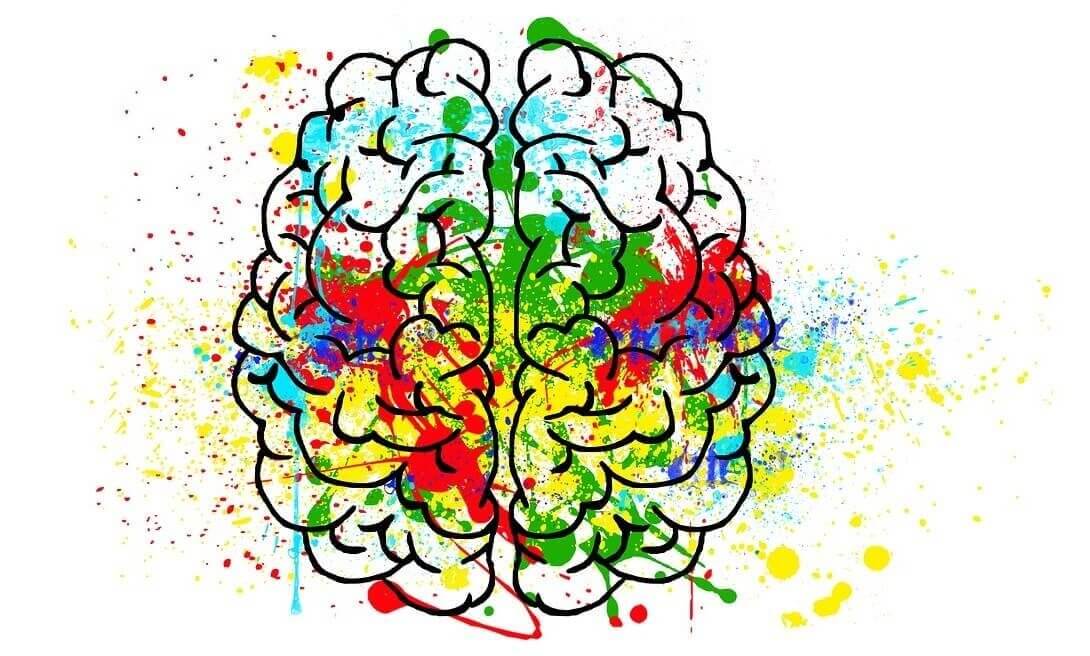
Article by
CREATIVE PROBLEM-SOLVING AND DESIGN THINKING
Design thinking is a solutions-based mentality that encourages innovation and problem-solving. It’s guided by an iterative process that Harvard Business School Dean Srikant Datar outlines in four stages in the online course Design Thinking and Innovation:
· Clarify: This stage involves researching a problem through empathic observation and insights.
· Ideate: This stage focuses on generating ideas and asking open-ended questions based on observations made during the clarification stage.
· Develop: The development stage involves exploring possible solutions based on the ideas you generate. Experimentation and prototyping are both encouraged.
· Implement: The final stage is a culmination of the previous three. It involves finalizing a solution’s development and communicating its value to stakeholders.
1. Empathize with Your Audience
A fundamental practice of design thinking’s clarify stage is empathy. Understanding your target audience can help you find creative and relevant solutions for their pain points through observing them and asking questions.
Practice empathy by paying attention to others’ needs and avoiding personal comparisons. The more you understand your audience, the more effective your solutions will be.
2. Reframe Problems as Questions
If a problem is difficult to define, reframe it as a question rather than a statement. For example, instead of saying, "The problem is," try framing around a question like, "How might we?" Think creatively by shifting your focus from the problem to potential solutions.
Consider this hypothetical case study: You’re the owner of a local coffee shop trying to fill your tip jar. Approaching the situation with a problem-focused mindset frames this as: "We need to find a way to get customers to tip more." If you reframe this as a question, however, you can explore: "How might we make it easier for customers to tip?" When you shift your focus from the shop to the customer, you empathize with your audience. You can take this train of thought one step further and consider questions such as: "How might we provide a tipping method for customers who don't carry cash?"
Whether you work at a coffee shop, a startup, or a Fortune 500 company, reframing can help surface creative solutions to problems that are difficult to define.
3. Defer Judgment of Ideas
If you encounter an idea that seems outlandish or unreasonable, a natural response would be to reject it. This instant judgment impedes creativity. Even if ideas seem implausible, they can play a huge part in ideation. It's important to permit the exploration of original ideas.
While judgment can be perceived as negative, it’s crucial to avoid accepting ideas too quickly. If you love an idea, don’t immediately pursue it. Give equal consideration to each proposal and build on different concepts instead of acting on them immediately.
4. Overcome Cognitive Fixedness
Cognitive fixedness is a state of mind that prevents you from recognizing a situation’s alternative solutions or interpretations instead of considering every situation through the lens of past experiences.
Although it's efficient in the short-term, cognitive fixedness interferes with creative thinking because it prevents you from approaching situations unbiased. It's important to be aware of this tendency so you can avoid it.
5. Balance Divergent and Convergent Thinking
One of the key principles of creative problem-solving is the balance of divergent and convergent thinking. Divergent thinking is the process of brainstorming multiple ideas without limitation; open-ended creativity is encouraged. It’s an effective tool for generating ideas, but not every idea can be explored. Divergent thinking eventually needs to be grounded in reality.
Convergent thinking, on the other hand, is the process of narrowing ideas down into a few options. While converging ideas too quickly stifles creativity, it’s an important step that bridges the gap between ideation and development. It's important to strike a healthy balance between both to allow for the ideation and exploration of creative ideas.
6. Use Creative Tools
Using creative tools is another way to foster innovation. Without a clear cause for a problem, such tools can help you avoid cognitive fixedness and abrupt decision-making. Here are several examples:
- Problem Stories
Creating a problem story requires identifying undesired phenomena (UDP) and taking note of events that precede and result from them. The goal is to reframe the situations to visualize their cause and effect.
To start, identify a UDP. Then, discover what events led to it. Observe and ask questions of your consumer base to determine the UDP’s cause.
Next, identify why the UDP is a problem. What effect does the UDP have that necessitates changing the status quo? It's helpful to visualize each event in boxes adjacent to one another when answering such questions.
The problem story can be extended in either direction, as long as there are additional cause-and-effect relationships. Once complete, focus on breaking the chains connecting two subsequent events by disrupting the cause-and-effect relationship between them.
- Alternate Worlds
The alternate worlds tool encourages you to consider how people from different backgrounds would approach similar situations. For instance, how would someone in hospitality versus manufacturing approach the same problem? This tool isn't intended to instantly solve problems but, rather, to encourage idea generation and creativity.
7. Use Positive Language
It's vital to maintain a positive mindset when problem-solving and avoid negative words that interfere with creativity. Positive language prevents quick judgments and overcomes cognitive fixedness. Instead of "no, but," use words like "yes, and."
Positive language makes others feel heard and valued rather than shut down. This practice doesn’t necessitate agreeing with every idea but instead approaching each from a positive perspective.
Using "yes, and" as a tool for further idea exploration is also effective. If someone presents an idea, build upon it using "yes, and." What additional features could improve it? How could it benefit consumers beyond its intended purpose?
While it may not seem essential, this small adjustment can make a big difference in encouraging creativity.
8. Practice Design Thinking
Practicing design thinking can make you a more creative problem-solver. While commonly associated with the workplace, adopting a design thinking mentality can also improve your everyday life. Here are several ways you can practice design thinking:
- Learn from others: There are many examples of design thinking business. Review case studies to learn from others’ successes, research problems companies haven't addressed, and consider alternative solutions using the design thinking process.
- Approach everyday problems with a design thinking mentality: One of the best ways to practice design thinking is to apply it to your daily life. Approach everyday problems using design thinking’s four-stage framework to uncover what solutions it yields.
- Study design thinking: While learning design thinking independently is a great place to start, taking an online course can offer more insight and practical experience. The right course can teach you important skills, increase your marketability, and provide valuable networking opportunities.
 Monthly "Azeem English Magazine", launched in 2000, records the information about diverse fields like mental health, literature, research, science, and art. The magazine's objective is to impart social, cultural, and literary values to society.
Monthly "Azeem English Magazine", launched in 2000, records the information about diverse fields like mental health, literature, research, science, and art. The magazine's objective is to impart social, cultural, and literary values to society.
+92 51 88 93 092
First Floor, RAS Arcade, Eidhi Market, Street#124, G-13/4, Islamabad, Pakistan, 44000.